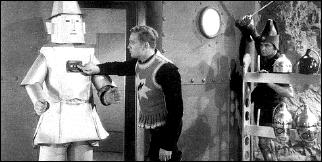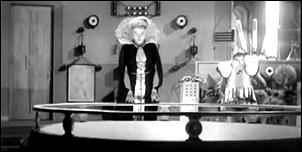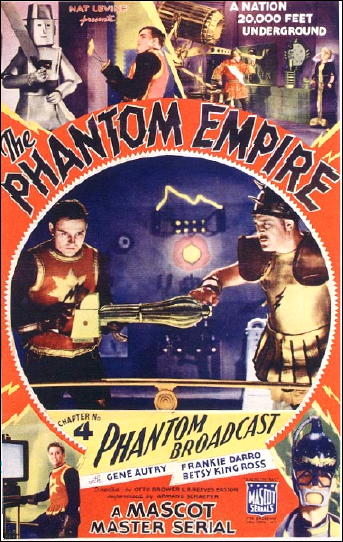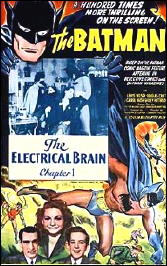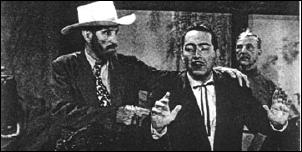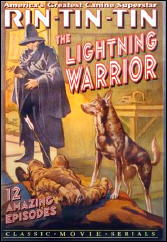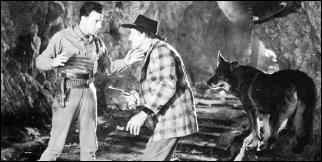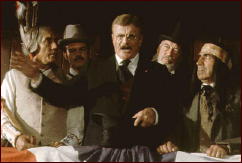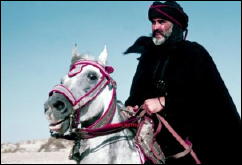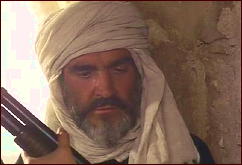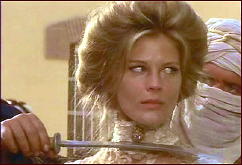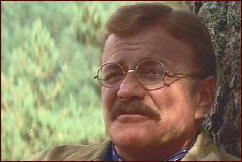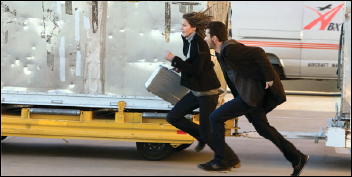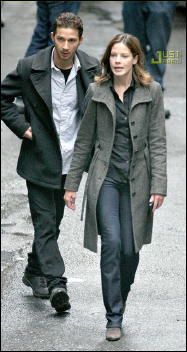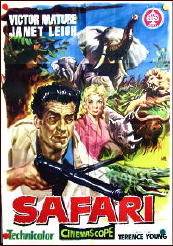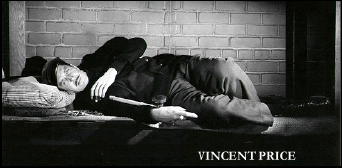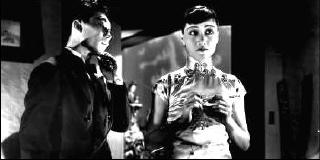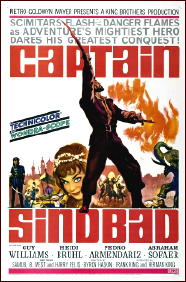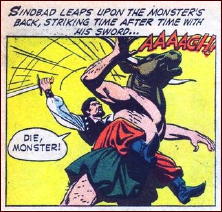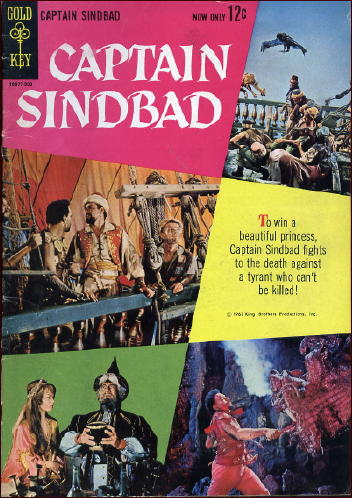Thu 3 Dec 2009
A TV Movie Review by Mike Tooney: BIRDS OF PREY (1973).
Posted by Steve under Action Adventure movies , Reviews[7] Comments
BIRDS OF PREY. ABC, made for TV movie; first telecast: 30 January 1973. David Janssen, Ralph Meeker, Elayne Heilveil, Harry Klekas, Sam Dawson, James W. Gavin, Paul Grace, Wayne D. Wilkinson, Larry Peacey. Aerial supervisor: James W. Gavin; director: William A. Graham.
The first and only time I saw Birds of Prey was thirty-seven years ago, and it blew me away. As action films go, I still think it’s superior to many; and the fact that it was made for television on a minimal budget makes it even more remarkable.

David Janssen plays an ex-World War Two Flying Tigers fighter pilot whose aviation career is winding down; he’s now relegated to being a traffic reporter flying over Salt Lake City, and he’s quietly going nuts from boredom.
One day he happens to observe a bank robbery in progress, which he duly reports to his good pal from the war (Ralph Meeker), who is now a police captain with the Salt Lake City PD. But Meeker doesn’t believe him at first, thinking it’s another one of Janssen’s middle-aged pranks.
That’s all it takes: Janssen sees it as a challenge — and the chase is on. From this point forward, the film is indeed one giant chase sequence. The bad guys transfer themselves, their loot, and a hostage to a helicopter only to be relentlessly harried by Janssen every step of the way. The pacing is terrific.
In addition to two good performances from Janssen (settling into his world-weary “Harry O” character) and Meeker, the helicopters are also the stars. This was long before CGI (computer-generated visual effects); when the choppers swoop under freeway overpasses with a foot or less separating the rotor blades from the concrete abutments, it’s the real thing.
Another amazing sequence happens INSIDE an aircraft hanger, when Janssen corners the bad guys’ copter; this needs to be seen to be believed. The margin for error, with both copters swaying uncertainly in a Mexican standoff, has to be two or three inches at most.
Kudos to the late James W. Gavin for these sequences. Whenever Hollywood needed a master pilot who could also deliver lines in an acceptable fashion, Gavin was their go-to guy. He did lots of screen work in films and TV series such as Adam 12.
If you really get into the characters in this film — as I did — then the final line will be especially poignant: “Damn you, Walker! I didn’t ask you to do that!”
Tech note: If I remember it correctly, Janssen’s chopper was a Hughes 500D, while the criminals had an Aerospatiale Alouette — but it has been almost four decades.
Further note: Birds of Prey is available on video, but many customers complain that the Second World War-era Big Band music featured in the film’s network broadcast — music that is integral and meaningful to the two lead characters — has been replaced with something different, so be aware that you’re not getting the original film.




